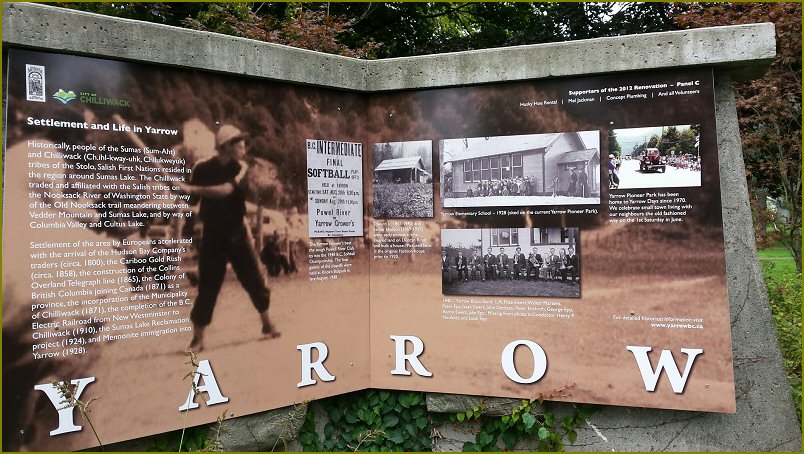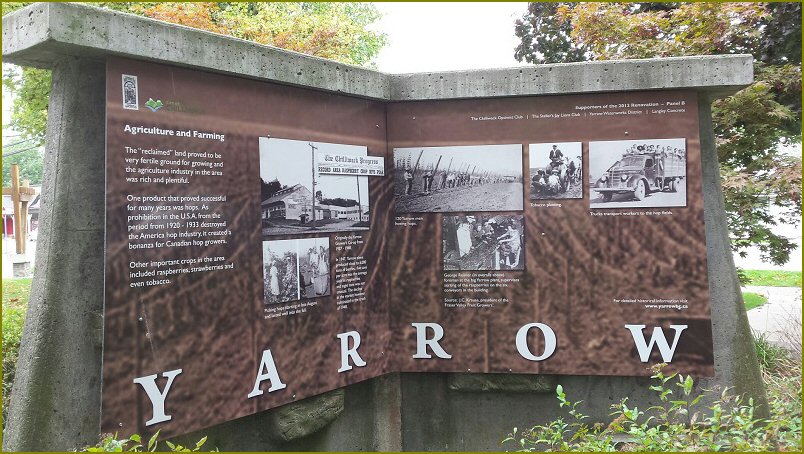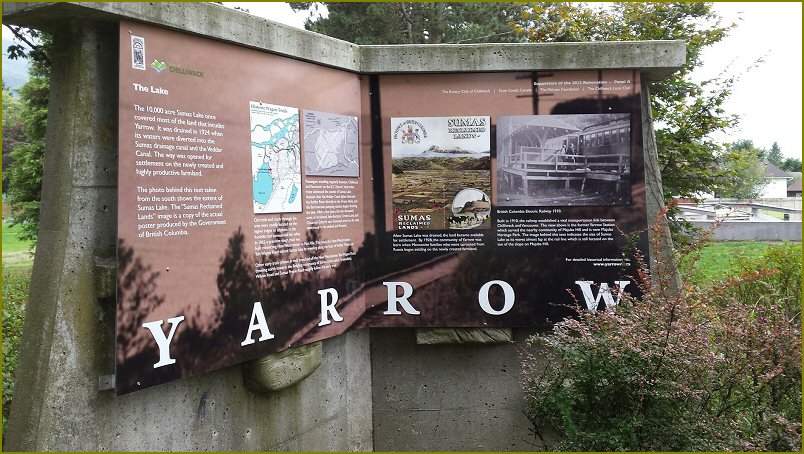|
Rod Stewart at the Royal Albert Hall: What a Wonderful World
Celestial Simpatico
I recall — red Antares and Scorpio
flee westward from the centaur Archer;
while the waxing moon slices Yarrow
between the mountain and river
with its autumn equinox shadow.
Then Jupiter and Saturn shroud Sagittarius,
wash Deneb and Vega incognito,
and stars eastward to swift flying Pegasus
kneel and wane in celestial simpatico.
The insubstantial shadow castaway
by Vedder Mountain veils Yarrow's
weeping willows' passion play,
dancers in an eastern seraglio.
— a gestalt evening, fifty years ago.
Podcast: Celestial Simpatico
© Elmer Wiens
|
|
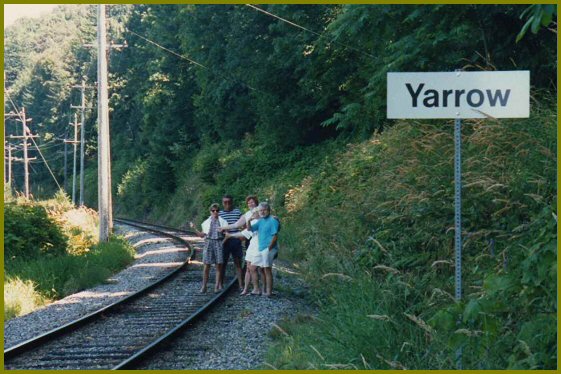

|
History of Yarrow PowerPoint presentation (PDF Version) at the Yarrow History Booth, Yarrow Days June 3, 2023 by Elmer G. Wiens:
History of Yarrow.
Visit the Yarrow Community Website and
the
Mennonite Poetry Website featuring poems by Yarrow's poets.
According to Wrigley's B.C. Directories, Yarrow was a community with a post office and station on the B.C. Electric Railway, Fraser Valley Line, 10 miles from Chilliwack in the Chilliwack Provincial Electoral District. The principal occupation of Yarrow's residents was farming. In 1919, Yarrow consisted of about twenty households situated on Majuba Hill and the Vedder River Flats. By 1924, the number of households had doubled to about forty.
Yarrow's Pioneers: 1919 | Chester and Annetta Brown |
|---|
| Broe J L | mixed farming | Brown Elizabeth
Robert | mixed farming |
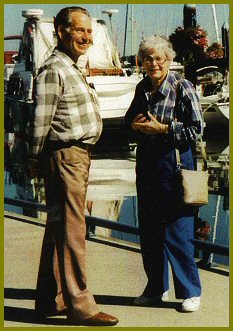 |
| Chadsey Lockhart | mixed farming | Duncan W | dairying |
| Genson Geo | mixed farming | Hounsome James | mixed farming,
post master |
| Hudson Edward | mixed farming | Hudson E | poultry breeding |
| Knox Joseph | gen store,
mixed farming | Latty D F | mixed farming |
| Maitland Fred H | mixed farming | Martin John J. | mixed farming |
| Sanford Jos | bee keeping | Simmons Abe | dairying |
| Smith A A | mixed farming | Smith Herbert | mixed farming,
bee keeping |
| Town I L | mixed farming | Town Lonzo | mixed farming |
| Wright Geo | mixed farming | | |
| |
|---|
Yarrow's Pioneers: 1919-1924.
Yarrow's Pioneers: 1924 |
|---|
| Allan R | logger | Beldam C H | farming | Bellrose Edgar G | farming | Bellrose Geo H | farming |
| Bellrose Vincent | farming | Brown Elizabeth
Robert | mixed farming | Chadsey Lockhart | mixed farming | Carlaw Fred | mixed farming |
| Chapman Wm | farming | Crickard W | retired | Cruetzer E | mechanic | Duncan W F R | farming |
| Hounsome Jas | post master | Hudson E | farming | Jensen Geo M | farming | Knox J | farming |
| Langren J | farmer | Latty David F. | farmer | Lien Henry M | farmer | Maitland F H | mixed farming |
| Manuel Philip C | farmer | Martin John J. | mixed farming | Martin Tom | mixed farming | Merton H | farming |
| Moir J | farming | Porter Mrs P | farming | Ruddock Robt | farmer | Sangford J | contractor |
| Siddall Will | gen store | Simmons A | dairying | Smith Mary C | farming | Smith Robt J | farmer |
| Stevens J | farm hand | Stromberg J | dairying | Town Alonzo | mixed farming | Town P L | mixed farming |
| Town R J | mixed farming | Wickander N | farming | Wright Geo | farming | | |
| |
|---|
Before 1910, a rough system of roads, principally Yale Road, linked Surrey, Langley, Matsqui, Sumas, the District of Chilliwhack, and Chilliwack City with New Westminster and Vancouver. Some 300,00 acres of undeveloped agricultural lands lay within the environs of these communities in the south Fraser Valley. The potential markets for their products lay in the emerging large populations of the cities and municipalities of Metro Vancouver. The British Columbia Electric Railway Company completed its 75-mile tramline to Chilliwack from Vancouver in 1910, spurring the growth of communities along the extent of the BCER Chilliwack Line.
With the BCER Chilliwack Line in place, "the 30,000-acre expanse of Sumas Lake was more than ever a tantalizing vision of dairying land" (Ewert, Henry. The Story of the B.C. Electric Railway Company. P 144.).
— — — The Vancouver Daily Province, Monday, October 3, 1910 — — —
|
|---|

|
New Westminster, 10:00 AM, October 3, 1910
Official Guests Board the
First Interurban Train Bound for Chilliwack
(Ewert, Henry. The Story of the B.C. Electric Railway Company. P 86.).
|
|---|
|
Last Spike Driven on Chilliwack Tramline
Premier McBride Officiates at
History-making Ceremony at Chilliwack
Offical Party Made First Run Over Line,
Leaving Granville Street Station,
Vancouver, Early This Morning
|
|
Chilliwack. Early this afternoon Premier McBride presided here at the ceremony of "driving the last spike" of the tram extension of the British Columbia Electric Railway Company connecting Vancouver and New Westminster with Chilliwack by means of a line equipped to be operated by electricity and tapping every part of the rich and fertile south Fraser Valley.
The ceremony was performed in the presence of a notable assembly as was fitting on an occasion when is admitted to mark a new era in the development of the southern mainland. Lieutenant Governor Paterson came from Victoria to participate in the occasion. Premier McBride took the leading part in the function. Other members of the provincial executive accompanied him. From Vancouver and New Westminster cam a large deputation of the civic authorities as well as representatives of the boards of trade while every municipality tapped by the new line was represented by the rank and file of its councillors. Every leading official of the British Columbia Electric Railway Company was on the spot including General Manager Sperling, Assistant General Manager Glover, Superintendant Allan Purvis, under whose London board three survey parties were at once sent out to run trial lines. To Mr. F.N. Sinclair, C. E. was allotted the field covering the route finally selected and officials of the road today admitted that when Mr. Sinclair was sent out there was but little thought that the extension would be constructed according to his surveys. His report, however, showed such grades and promising territory tapped that it received far greater consideration than was anticipated and was finally approved as covering the selected route.
. . . . . . . . . . .
How well the company has done its work was testified to today as praise without stint was given by members of the party making the first through run over the line, the journey winding up with the "last spike" ceremony at Chilliwack. This party set out from Vancouver at 9 o'clock this morning and proceeded to New Westminster by way of Eburne and the line along the North Arm of the Fraser. At New Westminster it was joined by the Royal City delegates and at 10 o'clock started on the opening trip over the Chilliwack extension proper.
First Through Run
The first stop was made at Cloverdale where is located a substation of the company. This is one of the five from which the current operating the line is sent on the wires, the locations being Cloverdale, Langley, Matsqui, Sumas and Chilliwack. Only the Cloverdale, Matsqui and Chilliwack stations were in operation today but the other two will be in service before the close of the month. The substations are thoroughly fireproof structures and, with electrical equipment, each represents and expenditure of over $25,000.
|
At Cloverdale the members of the Surrey Council were taken on board and the run through Langley municipality made with a stop at Milner to take on the municipal councillors from that district. Matsqui was the next section traversed, the municipal representatives joining the party at several stations.
At Huntingdon, on the international boundary line, members of the party learned that the tram company has a terminal site
covering a large area, this leading to the immediate conclusion that the concerns was well located at the international boundary to link up with some electric traction company operating in Washington, thus forming the Seattle-Vancouver tram system such as is judged to be one of the certain developments of the near future.
At Sardis the official opening party was completed by the representatives from Chilliwack joining the number and the train then proceeded without stop to Chilliwack where the last spike was driven and the line formally declared open.
Vast Area, Rich Land
Not only is the territory tapped by the line one which will be a valuable source of food supplies but in many parts it is covered with valuable timber areas which have heretofore been untouched because of lack of transportation facilities. Members of the party commented on this fact while on the trip of the day and the officials of the tram company promptly replied that in ordering the rolling stock for freight purposes over the extension consists of 100 flat cars, 30 box cars and the ten stock cars. For hauling the freight traffic three powerful electric locomotives were ready for service and others were on the section of the line which has already been in operation for some months, as the need developed.
Interviews with the municipal councillors from the various districts on the train showed the large area of rich country which will be opened by the new tramline the acreage being as follows: Surrey, 75,000; Langley, 77,000; Matsqui, 55,000; Sumas, 20,000; and Chilliwack, 70,000. The districts are improved to a varying degree, but it was stated that in no case has the improvement reached the standard which will immediately result on account of the transportation facilities afforded by the operation of the new line. The land was said to be admirably fitted to form the base of food supplies for the hundreds of thousands who will certainly live in Vancouver and New Westminster in the near future. In the words of one rural representative, "you need us and we need you and this line is going to be the connecting link which will bring us together for our mutual advantage."
After the "last spike" ceremony, the official party opening the line sat down to a sumptuous banquet.
|
|

Premier McBride Celebrates
Driving the Last Spike

|
Chilliwack, B.C. — Chilliwack Depot
(Ewert, Henry. The Story of the B.C. Electric Railway Company. P 126.)
|
|---|
|
Chauncey Eckert established a state-of-the-art stock farm on the one thousand acres to the east of Sumas Lake near Yarrow Station, that he had purchased in 1908 from Joseph and Margaret Knox. But like so many other businesses developed in Yarrow in the succeeding years, his self-contained milk plant was destroyed by fire.
— — — The Chilliwack Progress, Wednesday, November 15, 1911 — — —
|
|---|
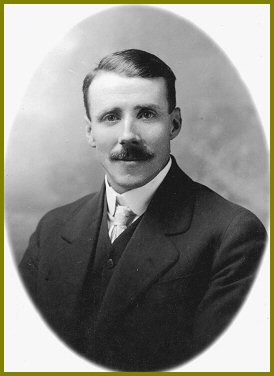
|
| Chauncy E. Eckert
|
|---|
|
C. E. Eckert Meets with $7,000 Loss
Fine Modern Stock Barns With Equipment
Goes Up in Smoke Early Monday Morning
Fire Supposedly Originated From Gases
Arising From Newly Stored Hay In Barns
|
The barns of C. E. Eckert of this city together with all their contents were destroyed by fire early Monday morning, the loss being estimated at $7,000.00. The cause of the fire can only be surmised but it was thought to have been spontaneous combustion, originating from a quantity of new hay that but a few days before was stored in the barns.
Mr. Eckert's loss is a serious one, not only from a financial standpoint, but also for the reason that it frustrates all his plans of operation for the season. The barns which were built only last summer at a cost of $4,000 were modern in every particular and could truly be said to be the best and most modern in the province. They were situated on the big stock ranch at the edge of Sumas prairie, adjacent to Yarrow station on the B. C. Electric railway, and everything in the way of equipment such as feed and root cutters, windmills, electric lights and
|
motors, water, works, milking machines, silos, etc., were but newly built and installed with a capacity for housing, feeding and caring for 120 head of cattle.
The supplying of certified milk and cream to special customers in Vancouver was one of the big schemes of the plant, and all went up in smoke and in a few short hours were left in ruins.
Happily the fire was discovered in time to save the stock, which were turned loose in the snow. These will be temporarily provided for on the old George Marshall farm outside of town on the Chilliwack Central road, and preparations will be made for the rebuilding of the barns as early as the spring will allow.
Mr. Eckert's loss is itemized as:- $4,000 on the barns; $2,000 on the hay, grain roots and silage; and $1,000 on the machinery. An insurance of $4,000 partially covers this loss.
|
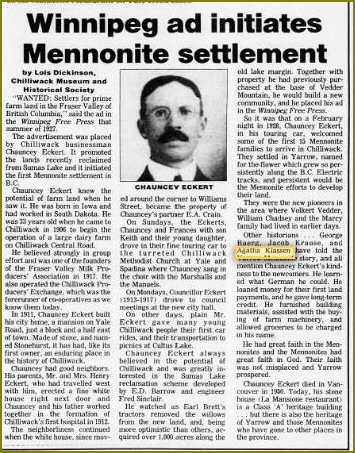 | 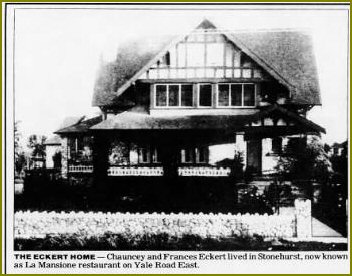 |
The Chilliwack Progress, Wednesday, September 17, 1986 D15 |
|
An Interesting Connection Between
The Mennonites and Michael Ignatieff — Leader of the Liberal Party of Canada (2009)
Michael Ignatieff and Ignatyevo Colony — by Alf Redekopp

Redekopp, Alf. "Michael Ignatieff and Ignatyevo Colony ." Mennonite Historian. 35.1 (2009): 3.
Dyck, Dan. "Michael Ignatieff and Mennonite history converge." Mennonite Church Canada, Resource Centre.
|



